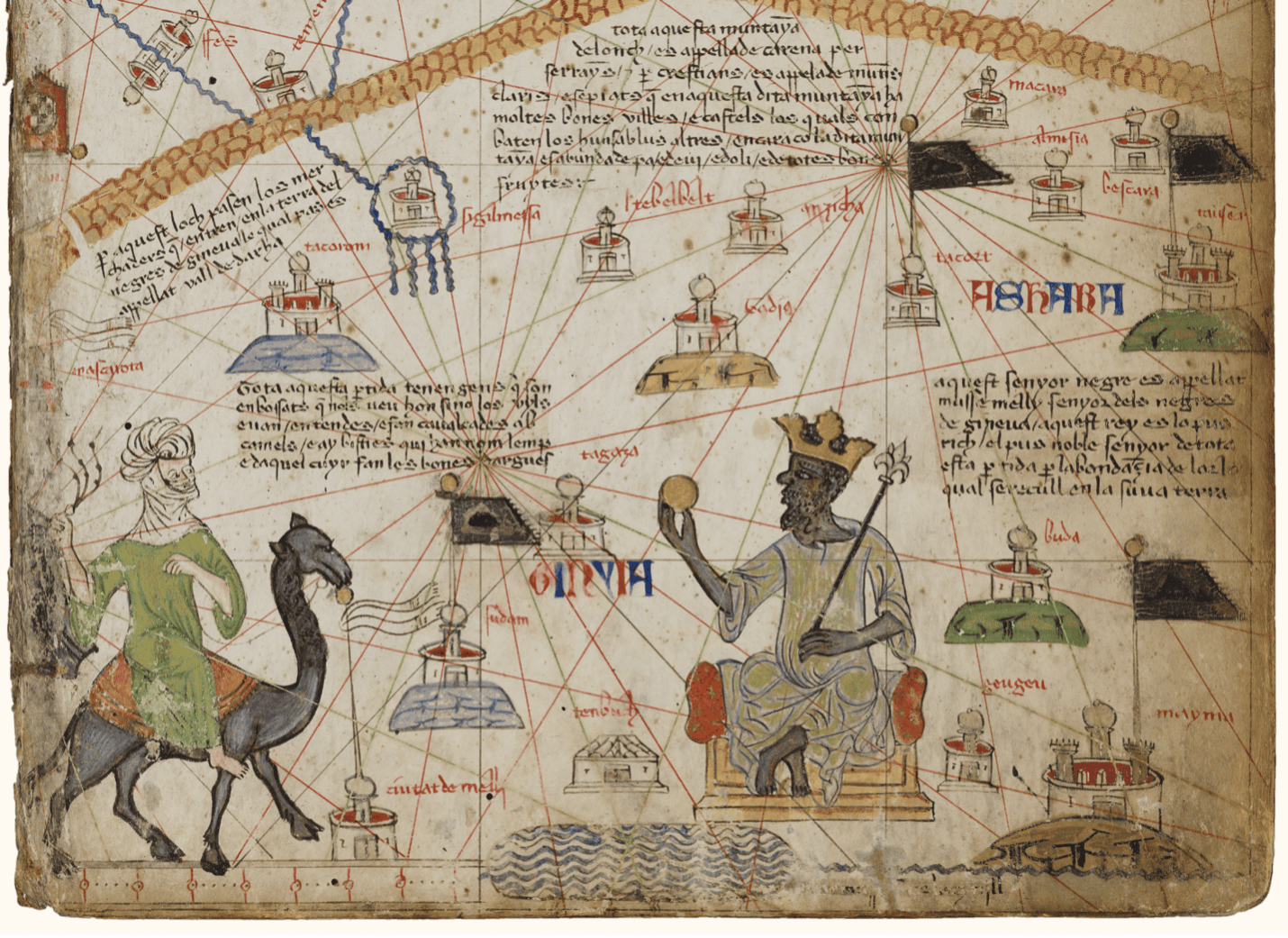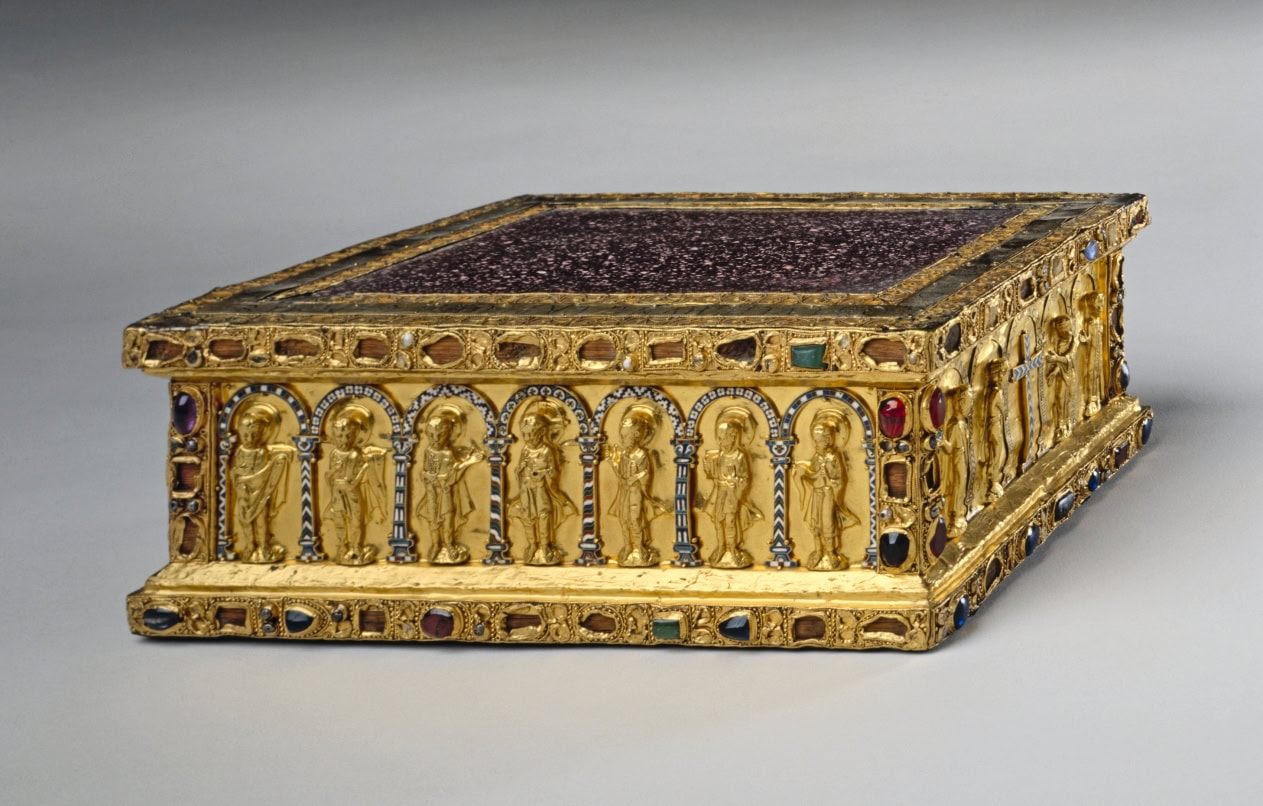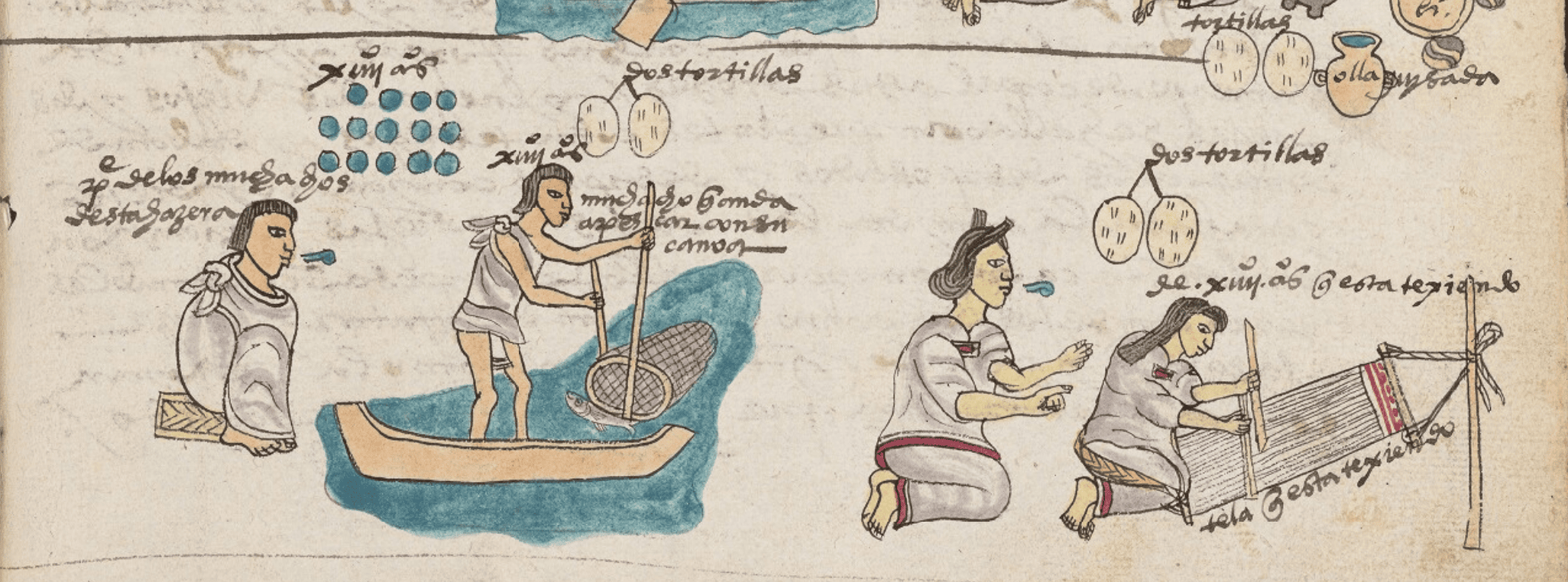From GI Roundtable 45: What Future for the Islands of the Pacific? (1944)
Before the whites arrived, the islanders were broken up into numerous tribes, villages, and hamlets, often warring against one another, and sometimes spicing their feuds with head-hunting and cannibalism. Each little district or community had its own independent system of government and law for running its internal affairs.
With the coming of Western guns and ideas of empire, native leaders here and there began to carve out larger realms and to set up European-style thrones. So emerged Kings Kamehameha in Hawaii, Pomare in Tahiti, Thakombau in Fiji, and many others. Except in Tonga, Nauru, and a few small islands, these colorful native dynasties were superseded as the great powers annexed their realms. The more turbulent frontier whites—escaped convicts, rumrunners, pirates, blackbirders (labor recruiters)—were brought to order by the new governments, and native wars came to an end in the face of the white man’s warships and prisons.
The typical jurisdiction of today is headed by a governor or administrator who rules with pomp yet efficiency on behalf of his home government. Under him are executive departments to deal with local affairs—finance, public works, economic development, health, and the like. He receives some of his orders from the home country, but is also aided and advised in legislative matters by local councils containing representatives of the white residents and perhaps of the natives and other population groups. Regional government within each territory is carried on by district officers or magistrates, aided by mobile patrol officers who make the rounds of local communities.
“Indirect Rule”
To station white officials in every little island and village was obviously impossible. The governments therefore had to put authority in local matters upon native leaders and councils. They appointed some outstanding native as a headman, or let the community name him, and turned the elders into councilors Other natives were given tasks as judges, policemen, scribes, and medical helpers. In some jurisdictions the village women have been organized to look after child welfare and home improvement.
Setting natives to work in these ways proved on the whole so successful that it became adopted as a regular policy called “indirect rule.”
Even in the remotest districts the visitor finds such native officials, distinguished perhaps by a military coat or cap, or by a badge, cane, or whistle. Not always very prepossessing at first sight, they get things done, and have generally proved loyal in serving the government as well as the interests of their people.
Islanders have also been trained to take increasing responsibilities in the general government. Picked young men serve in the local constabulary forces which have been the backbone of law and order in the islands. Natives also hold posts as minor officials, teachers, medical practitioners, radio operators, harbor pilots, and in many other fields. Where there are part-native and Asian groups of any size, they are also drawn upon for official personnel.
This is one of the most healthy features of island affairs today. It is developing competent leaders who are in a better position than the alien outsider to help their people in adjusting to modern conditions.
How Much Self-Government Is There?
To the visitor seeing a native village or district council for the first time, its scantily clad members, perhaps sitting on floor mats and engaging in seemingly endless talk and ritual, there may be little to remind him of the city or county council or courtroom back home. Yet he will soon discover that, backed by the weight of tradition, it provides on the whole a very efficient system of local self-government. Even the extension to it of outside government authority and the coming of new laws made by the white man have disturbed it very little.
Outside this local system of order, however, the native is not on familiar ground. He now has to get along with other peoples with whom he used to argue things out by means of clubs and spears. Few of the island jurisdictions as they have been carved out in modern days had any unified native government or loyalty. A major problem of colonial authorities, therefore, has been to build toward self-government on a territory-wide basis, so as to get a representative native voice to help in handling general affairs.
This is not easy. Native interests expand only slowly beyond their local groups, and with exceptions their patriotism to the flags that the alien rulers have raised is likely to be a shadowy thing. Democratic methods of election which give an equal vote to a high chief and a nobody may be resisted by conservatives, especially the important people, even while such ways may be welcomed by the educated youth and by the nobodies. The idea of counting votes is itself likely to be foreign to peoples who are used to talking out any important question until a unanimous opinion is reached. Their intimate little communities can hardly bear the strain of any public majority-minority line-up. All such matters call for political education over a long period.
Nevertheless, some territories already have central native councils to advise and assist the administration. Their members may be appointed by the governor, or “elected” by their home communities. Almost invariably they are top-flight chiefs, headmen, native pastors, or other men of highest authority in the native society. Fiji, for example, has an annual meeting of a “Grand Council of Chiefs,” while American Samoa and Western Samoa each have a Fono or native council to advise on legislative matters. Guam has a congress, though with advisory powers only.
Bringing together such a central body has been easiest in the smaller or more compact territories. In a scattered group of islands such as the Gilbert and Ellice colony no attempt has been made to do this. Yet here the British have turned each island into a practically self-governing unit, with its own magistrate, councils, and courts, and other administrative machinery to regulate its own affairs. Least developed are the large Melanesian dependencies of the Southwest Pacific, where the native role in government hardly goes beyond the local communities and little has been done toward opening out wider political experience.
Do the Non-Natives Have a Say?
The problem of developing greater self-government is complicated in some territories by the presence of large non-native groups—white or Asian, or both. The port towns where most of these settlers live usually have their own municipal administration. In response to demands for a say in affairs, these groups are also represented in general councils.
The usual practice here is to have a legislative council, either with advisory powers, or more often now with a majority of officials sitting on it so that they can rubber-stamp any measures which the government considers essential. The unofficial white members may be appointed or elected, and so may any native and Asian members. The legislative council of Fiji has 17 official members including the governor, 5 nonofficial whites of whom 2 are nominated by the government and 3 elected, 5 Indian members on the same basis, and 5 native Fijians nominated by the government from a list submitted by the Council of Chiefs. This illustrates the complicated devices used by colonial governments to safeguard their control but to give a measure of self-rule.
An outstanding exception to these colonial systems is the Territory of Hawaii. A legislature has been set up corresponding to that of a regular state of the Union, and all citizens, including the local-born persons of all racial groups, have a regular democratic vote. No one group has a majority, and indeed there has been little tendency to racial bloc voting. Persons of Hawaiian ancestry are strongly represented in the legislature and there is a sprinkling of members of Asian background.
In Hawaii all racial groups have been educated together in the American language and take part in the general American life with little segregation or discrimination.
Are There “Nationalist” Movements?
In the large colonial dependencies farther west—the Philippines, Indo-China, Burma, and the Netherlands Indies—strong nationalist movements have developed in recent years, looking toward political autonomy.
Though the mass of the people tend to be passive in the face of alien control, a vigorous educated minority has been attacking the colonial system. Sentiments of this kind have been stirring in the South Seas, too.
In Western Samoa a movement called the Mau (“Opinion”) has raised the cry “Samoa for the Samoans” and especially in 1929 tried to oust the New Zealand government. In American Samoa a similar organization has campaigned to get a civil government in place of naval control, and in Guam a “citizenship” movement has had as its objectives greater self-government and the acquiring of American citizenship. Fiji has had a vocal if small “Young Fijian Party,” and New Caledonia and other places have had similar stirrings.
Most observers believe that sentiments of this kind, if rightly guided, may provide a dynamic force pushing these peoples toward greater political competence. On the other hand, their view is that if wrongly handled or arbitrarily suppressed, these sentiments can cause a great deal of trouble.
It is obviously impossible for any of these little units to aspire to political independence on the world stage, as may a major country like the Philippines. They must always fall within some larger political orbit. Yet as regards their internal affairs, their peoples may fairly aspire to autonomy. The little Kingdom of Tonga, with its own parliament and government, quietly aided by a few British officials, demonstrates that such an objective can be achieved.
Related Resources

September 7, 2024
Travel and Trade in Later Medieval Africa

September 6, 2024
Sacred Cloth: Silk in Medieval Western Europe

September 5, 2024